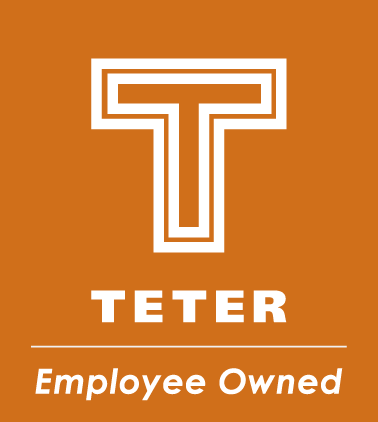 Rest: What is it good for?
Rest: What is it good for?
Originally printed in the Zweig Letter on July 13, 2020 by Megan Chang

Taking a break and letting your mind wander can bring a fresh perspective and the extra boost you need to make it through the day a happier, healthier you.
Last Tuesday I got to work early to make the following day’s deadline, only to find 20 emails in my inbox (that were sent after 7 p.m. the day before).
While skimming through emails, a colleague dropped by for advice on their project. I hadn’t quite finished answering their question when my phone rang – a client wanted an update on their project and to see if it could be done a week sooner.
Trying to rearrange my team’s schedules, I glanced at the clock and realized I was five minutes late for a meeting. All of this in my first hour in the office, and I hadn’t even had my coffee yet!
Sadly, I’m sure this example rings true for many reading this article. The rest of the day didn’t get any better, so I ended up staying a little late and then signing in again after having dinner with my family so I could try to finish the work I had actually come in early to do.
Somewhere along the way, work culture has equated busyness with success, and rationalized that the longer you stay busy the more likely you are to succeed.
Also true, while you’ve probably heard about the dangers of burnout, you don’t know how to quantify it (and besides, that’s a problem for other people, not you).
Studies have shown that people are more creative and do better work when they’re well rested. The quality of the time they spend working is higher than that when they’re tired and worn out. As architectural and engineering professionals, this should have obvious benefits as the quality of our calculations and drawings directly tie into costly change orders, E&O claims, re-work, and satisfied clients (to name a few examples).
You may feel like you just don’t have the time to take a break, and you’re not alone. Just take a look at what our lunch breaks have turned into: webinars, eating with one hand while trying to type with the other, meetings, or just skipping lunch altogether.
Our schedules are often so overloaded that taking a break seems to be a luxury or guilty pleasure instead of the norm. Yet really, in the grand scheme of things, 15 minutes here and there isn’t going to sideline your day, nor is it going to sideline your team.
Taking a break from the day to day minutiae and letting your mind wander can often bring a fresh perspective and the extra boost you need to make it through the day a happier, healthier you.
- Take a walk. One thing my office, TETER, has encouraged are walks. These are optional and usually occur at 10 a.m. and 3 p.m., with half-mile or one-mile options. Besides getting people up from their desks, giving their minds a break, and moving around, the walks have allowed time to catch up with coworkers, a chance to get to know someone better (the sidewalk usually only allows people to walk in pairs), a schedule for regular mentoring opportunities, and a venue for impromptu meetings to discuss projects. If that sounds too much like working while walking, just enjoy the scenery!
- Make lunchtime screen-free time. Give your eyes a much needed break! Go to lunch at a restaurant, pick up the phone and call someone to catch up, go to the gym, clean up and organize the piles on your desk – the possibilities are endless.
- Take a nap. This one may or may not be for you. If you’re able to take a power nap (at your desk, in your car, in an unused conference room) then go for it! Resting your eyes and your mind, even for a short stint, can hit the reset button on the rest of your day and give you that jump-start you need.
- Sleep more. This may seem similar to taking a nap, but getting seven to eight hours of sleep per night, consistently, does wonders for your overall mood, disposition, and patience levels. You’ll probably find that if you’re more relaxed, your team will be more likely to come to you for advice (and you’ll be able to make better decisions).

